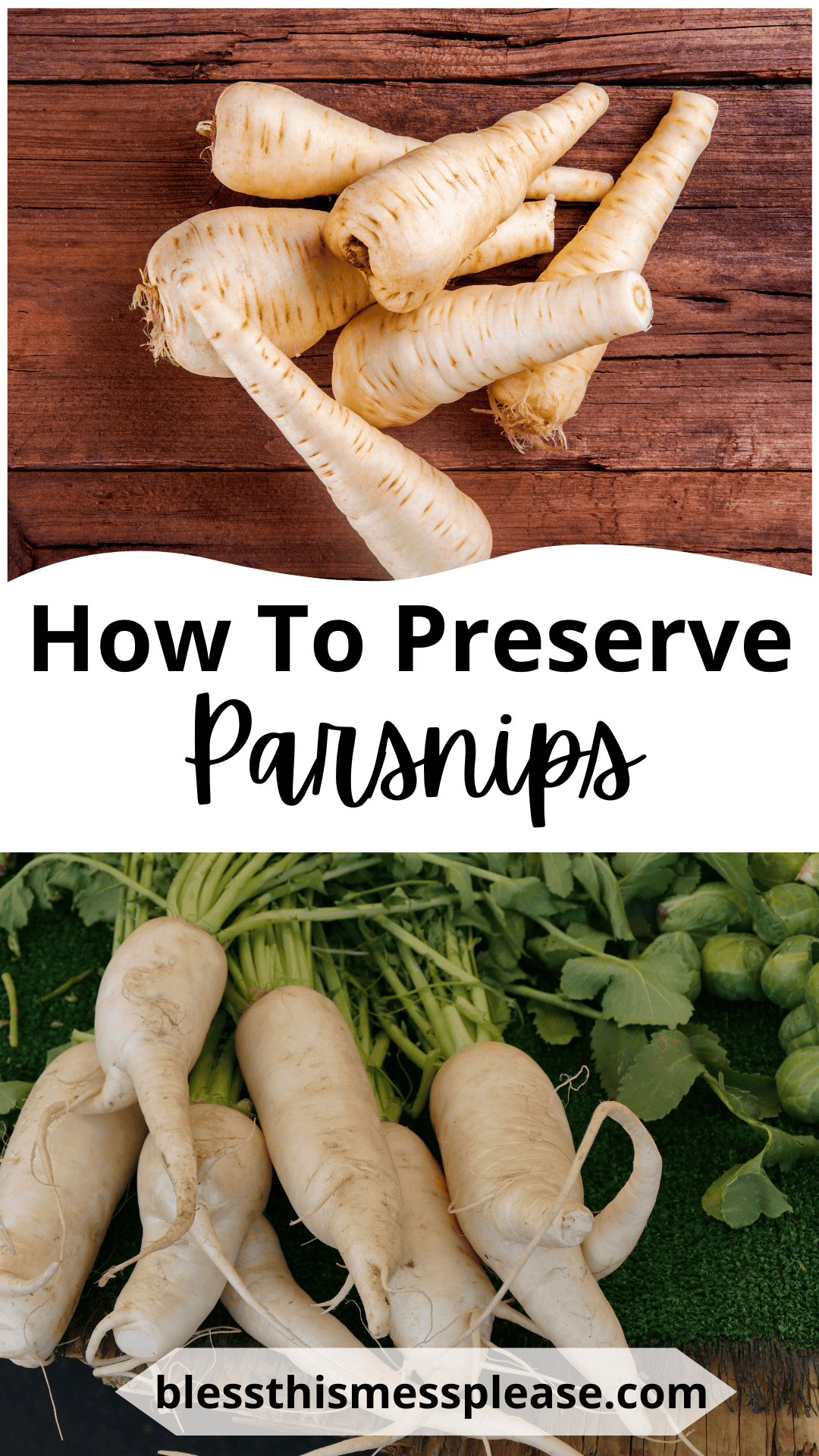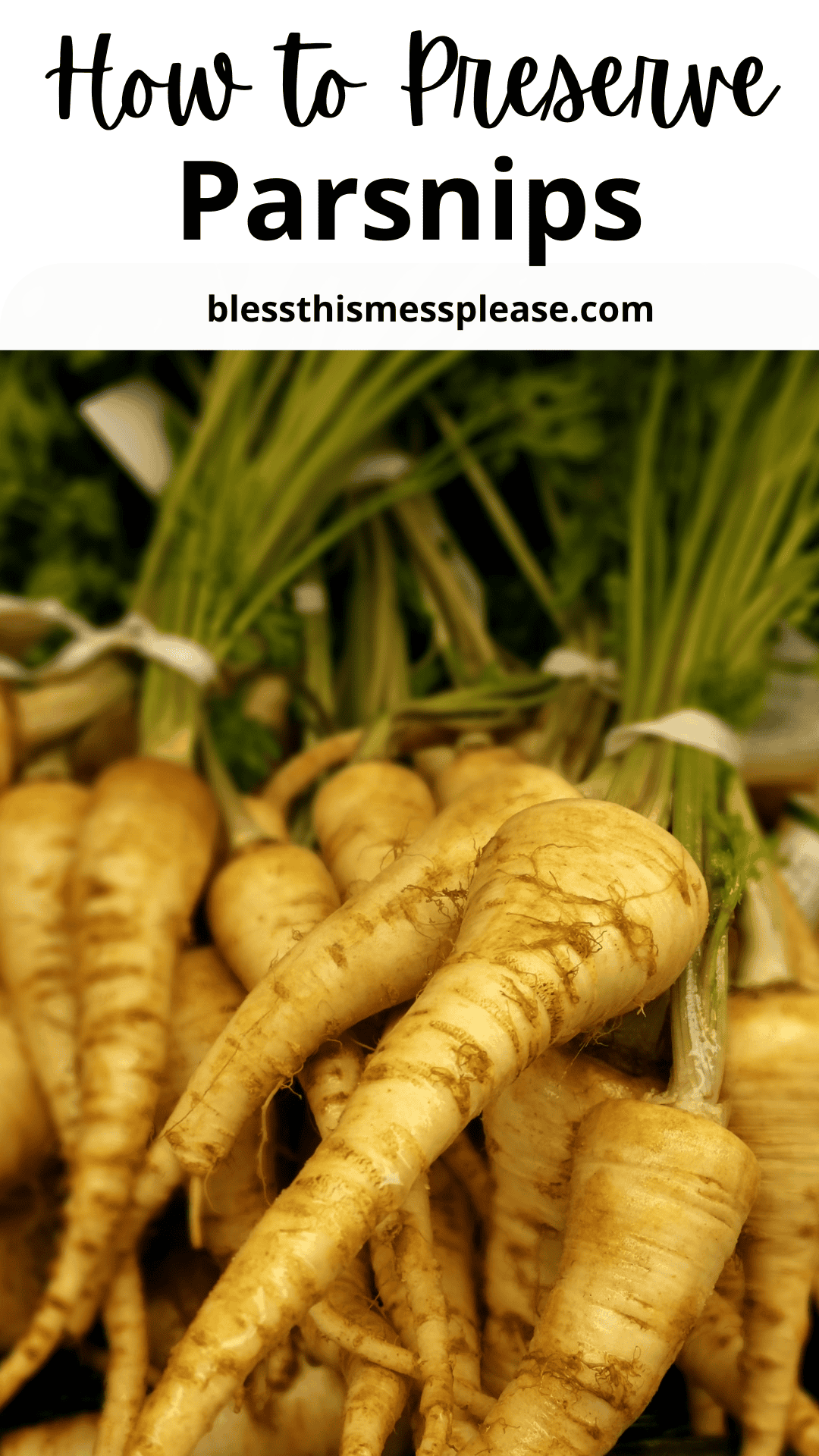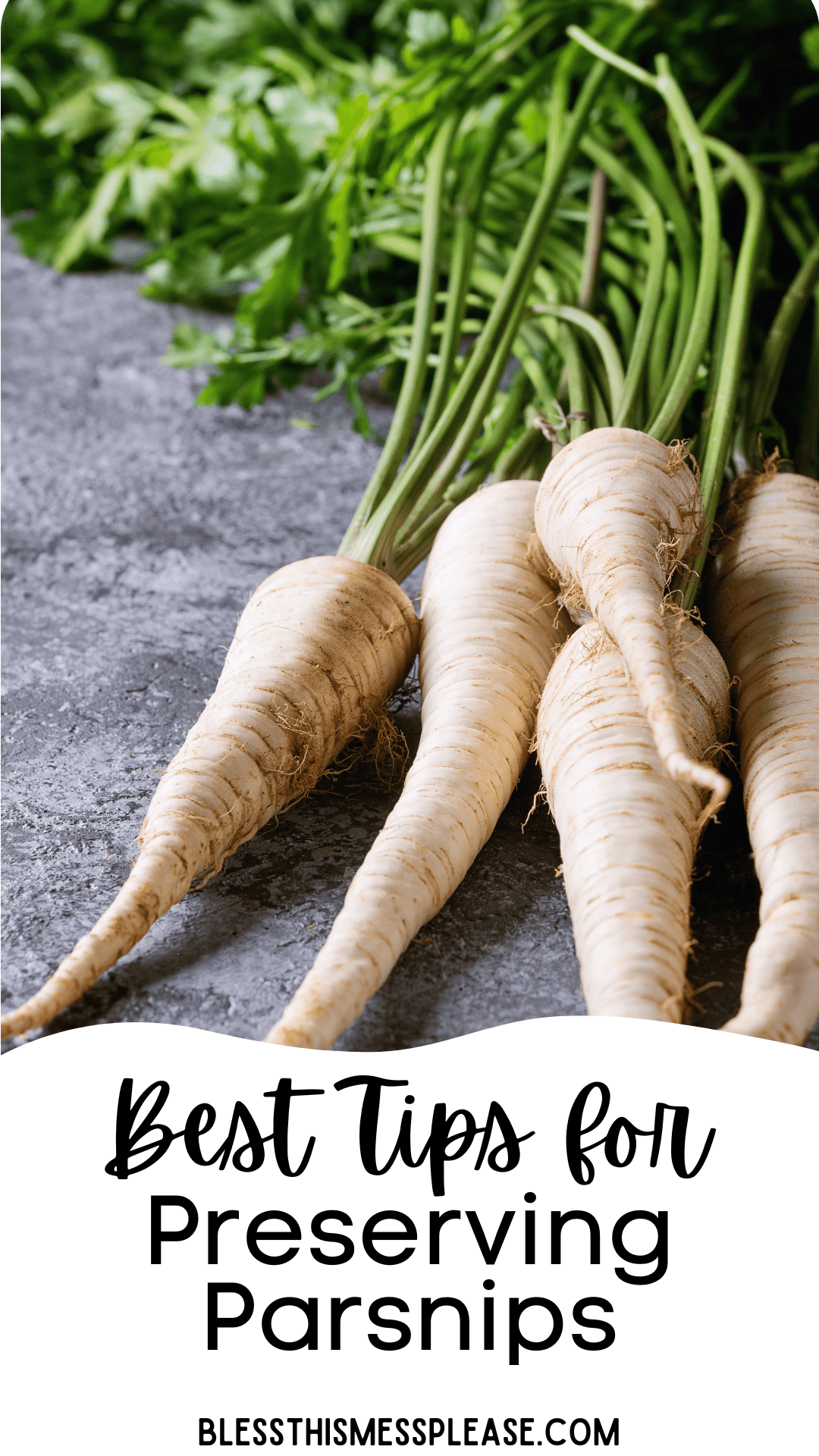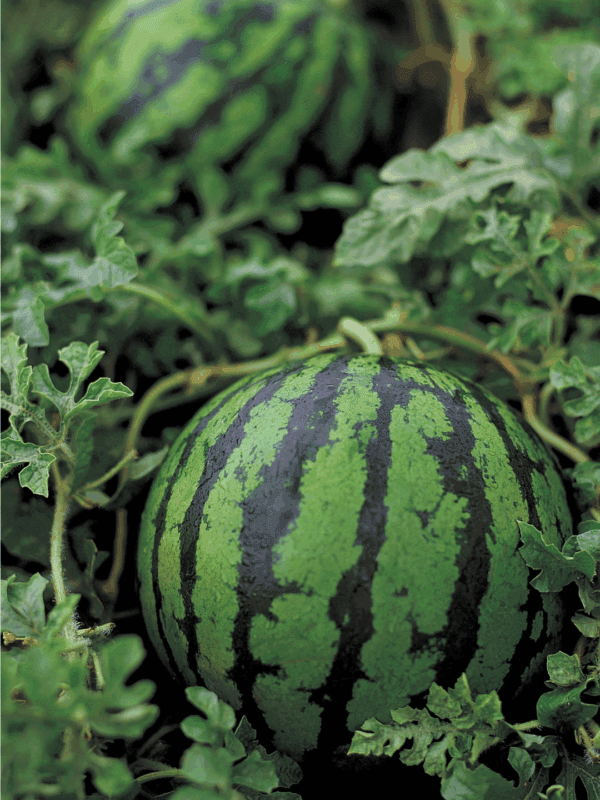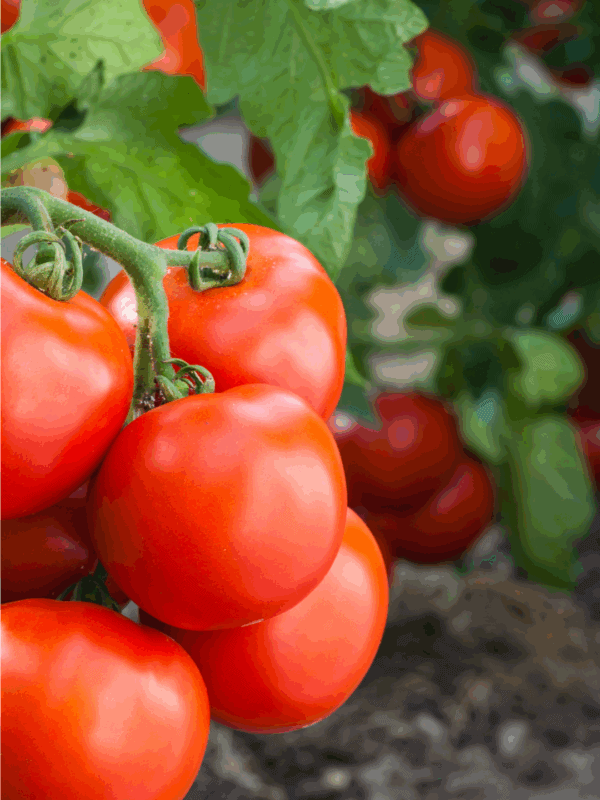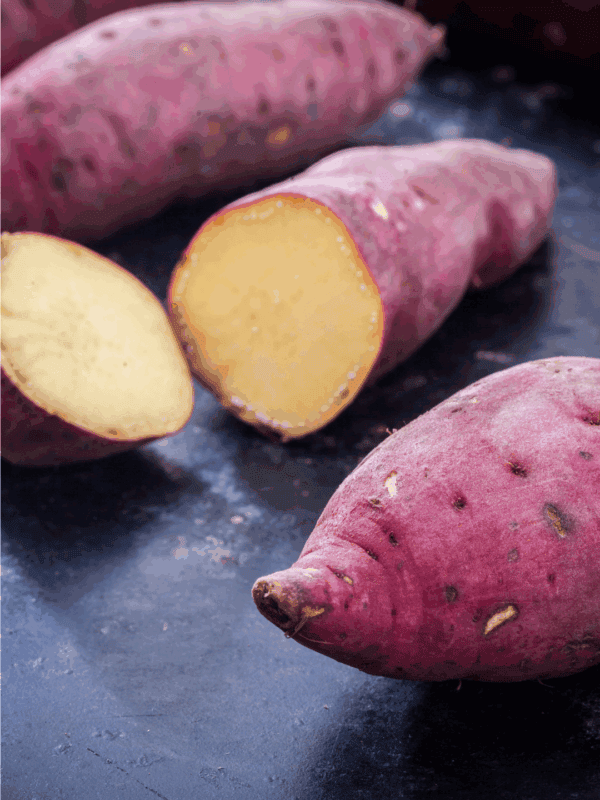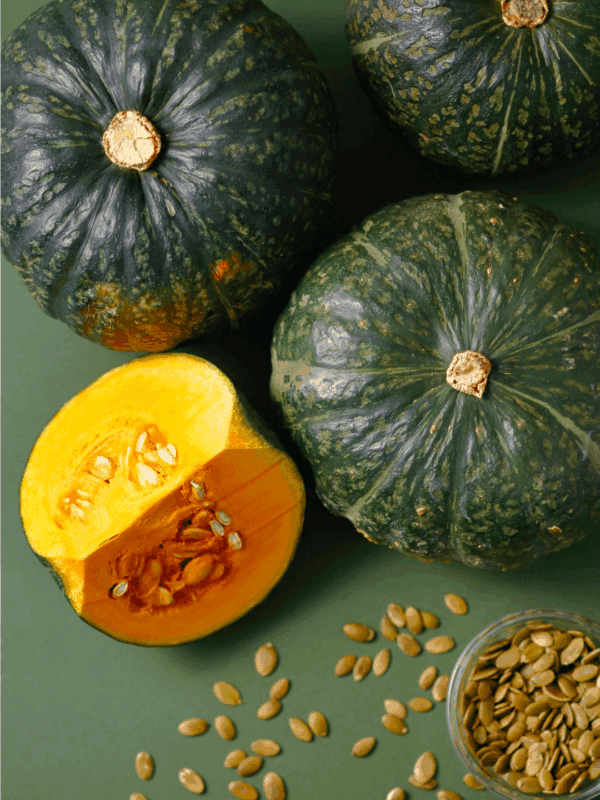This post may contain affiliate links. Please read our disclosure policy.
Mastering How To Preserve Parsnips has never been easier! With step-by-step instructions to teach you proper freezing and dehydration methods, you’ll learn how to keep them fresh for months longer!
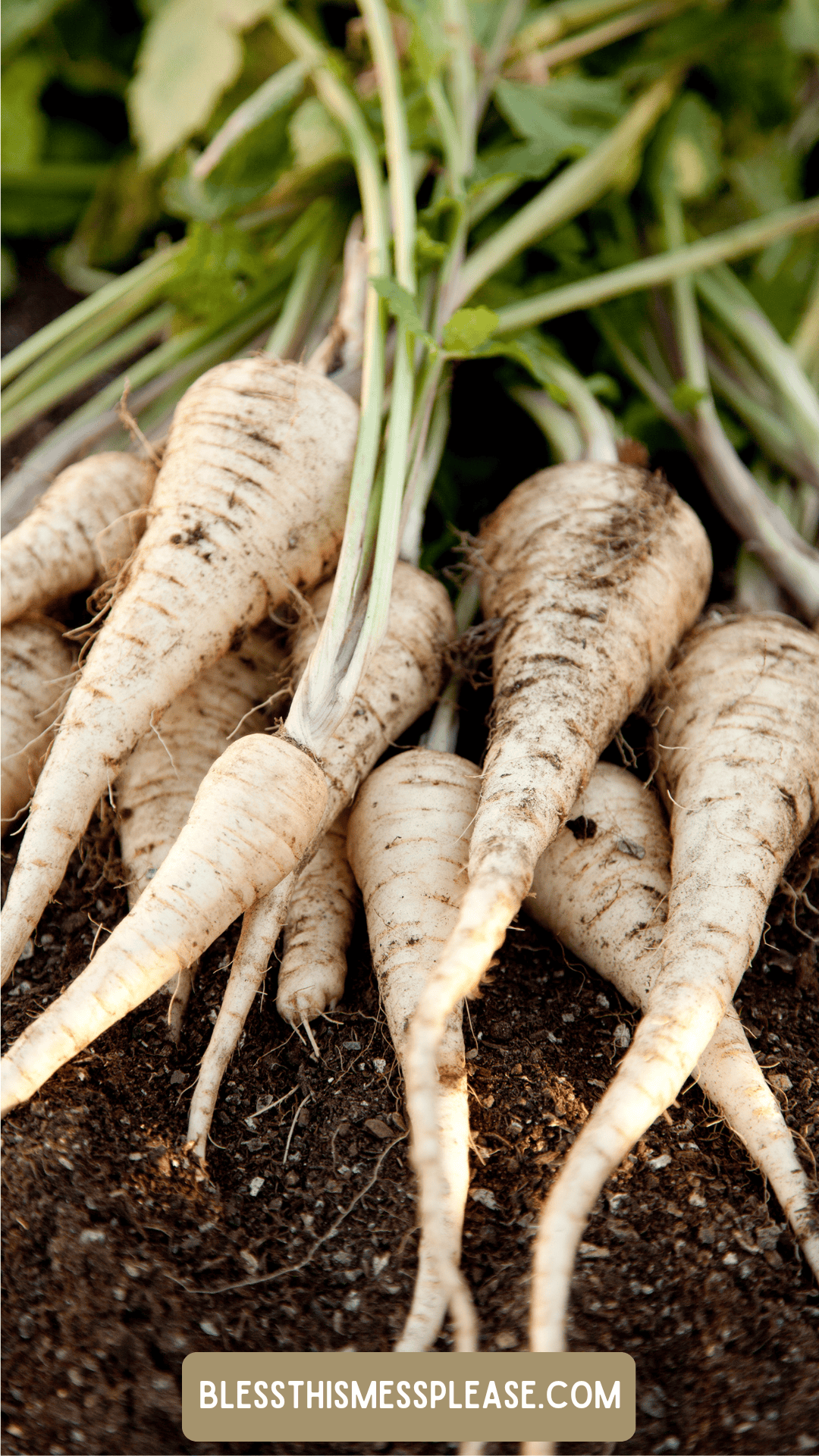
Preserving Guide: How To Preserve Parsnips
Don’t let your precious parsnip harvest go to waste! These cream-colored root vegetables are at their peak flavor right after harvest, but with the right preservation techniques, you can enjoy their sweet, nutty taste all year long!
Learning how to preserve parsnips is easier than you might think, and it’s one of the most rewarding skills for any home cook or gardener. Not to mention this tasty root veggie is so wonderfully versatile that it no doubt deserves a place in your long-term food storage plan!
Table of Contents

When To Harvest Parsnips
They’re higher quality if they remain in the ground until late fall or early winter.
How To Store Parsnips
Make sure to store your parsnips in a cool, dark place.
Dehydrating Parsnips
- CUT: Select crisp, tender parsnips. Wash, trim off the roots and tops. Cut into slices or strips about 1⁄2-inch thick.
- DIPPING: Water or Steam blanch
- Water: 2-3 minutes
- Steam: 3-5 minutes
- DEHYDRATOR: until tough, brittle
- APPEARANCE WHEN DRY: until tough, brittle
Canning Parsnips
I generally don’t recommend canning parsnips.
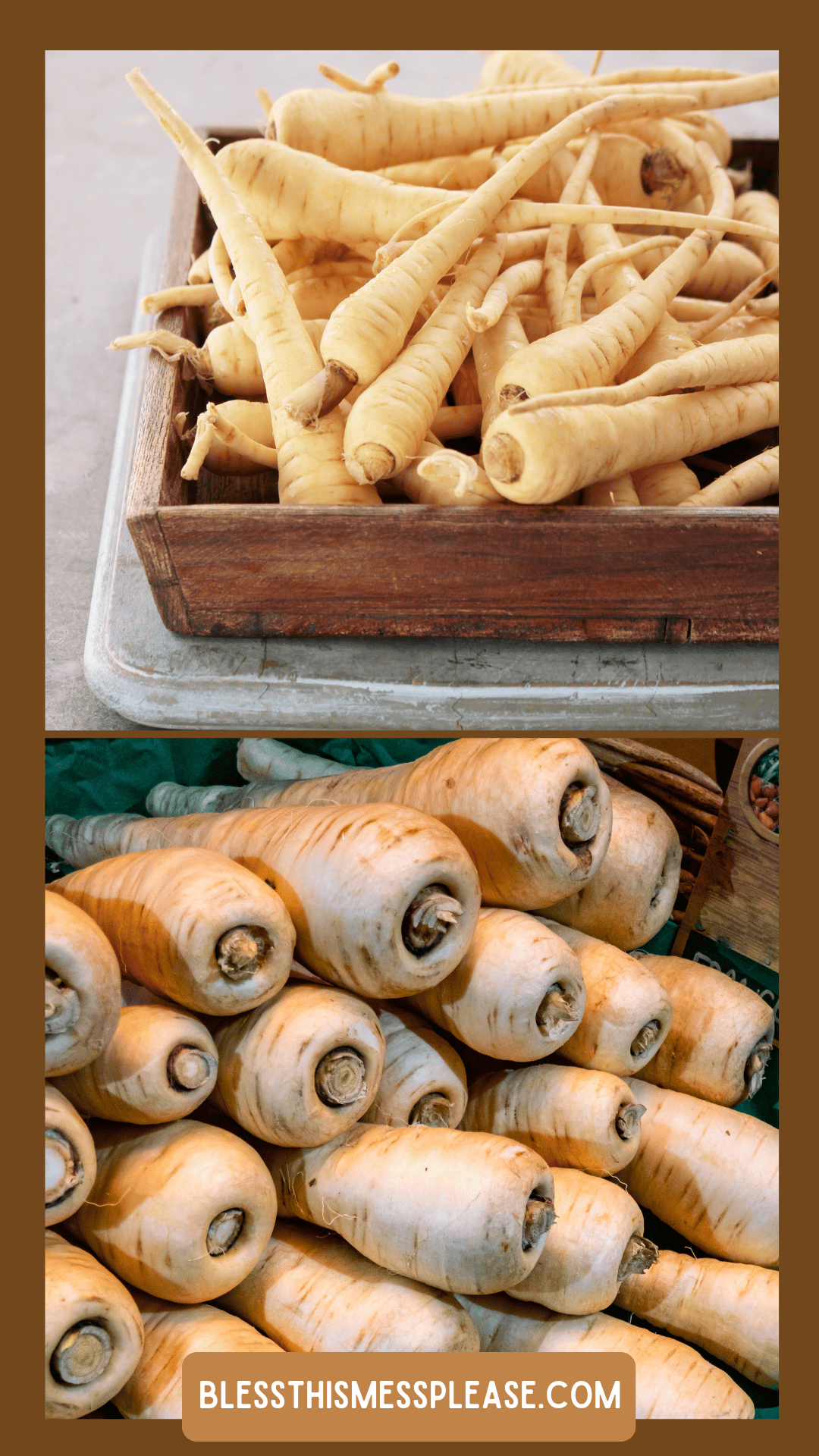
How To Freeze Parsnips
PREPARATION:
- Select small to medium, firm parsnips that are tender and have a mild flavor.
- Wash, peel and cut into 1/2-inch cubes.
FREEZING:
- Water blanch for 2 minutes.
- Cool promptly in cold water and drain.
- Pack into containers, leaving 1/2-inch headspace.
- Seal and freeze.
🍎🫙 Get a free Preserving Guide for all the details to dehydrate, can, and freeze 42 fruits and vegetables — get the FREE GUIDE here!
Expert Tips
- Storage Time: While generally storage time varies based on your chosen method, frozen parsnips last 10-12 months, and dehydrated parsnips keep for 1-2 years in airtight containers.
- To Peel Or Not To Peel: While you can preserve parsnips with the skin on, peeling is recommended for best results. The skin can become tough and bitter during preservation. However, if you’re using very fresh, young parsnips, a thorough scrubbing may suffice for some preservation methods.
- Practice Makes Perfect: Before preserving large quantities, test your chosen method with a small batch of parsnips. This allows you to perfect your technique and ensure the results meet your quality standards. Different parsnip varieties and growing conditions can affect preservation results, so testing helps you adjust timing and methods accordingly!
More Tips For Preserving The Harvest
Preserving Guide
How To Preserve Watermelon
Preserving Guide
How To Preserve Tomatoes
Preserving Guide
How To Preserve Sweet Potatoes
Preserving Guide
How To Preserve Winter Squash
Did you use any of these preserving tips? Leave a note below in the comments or share it on Instagram, Facebook, or Pinterest!

